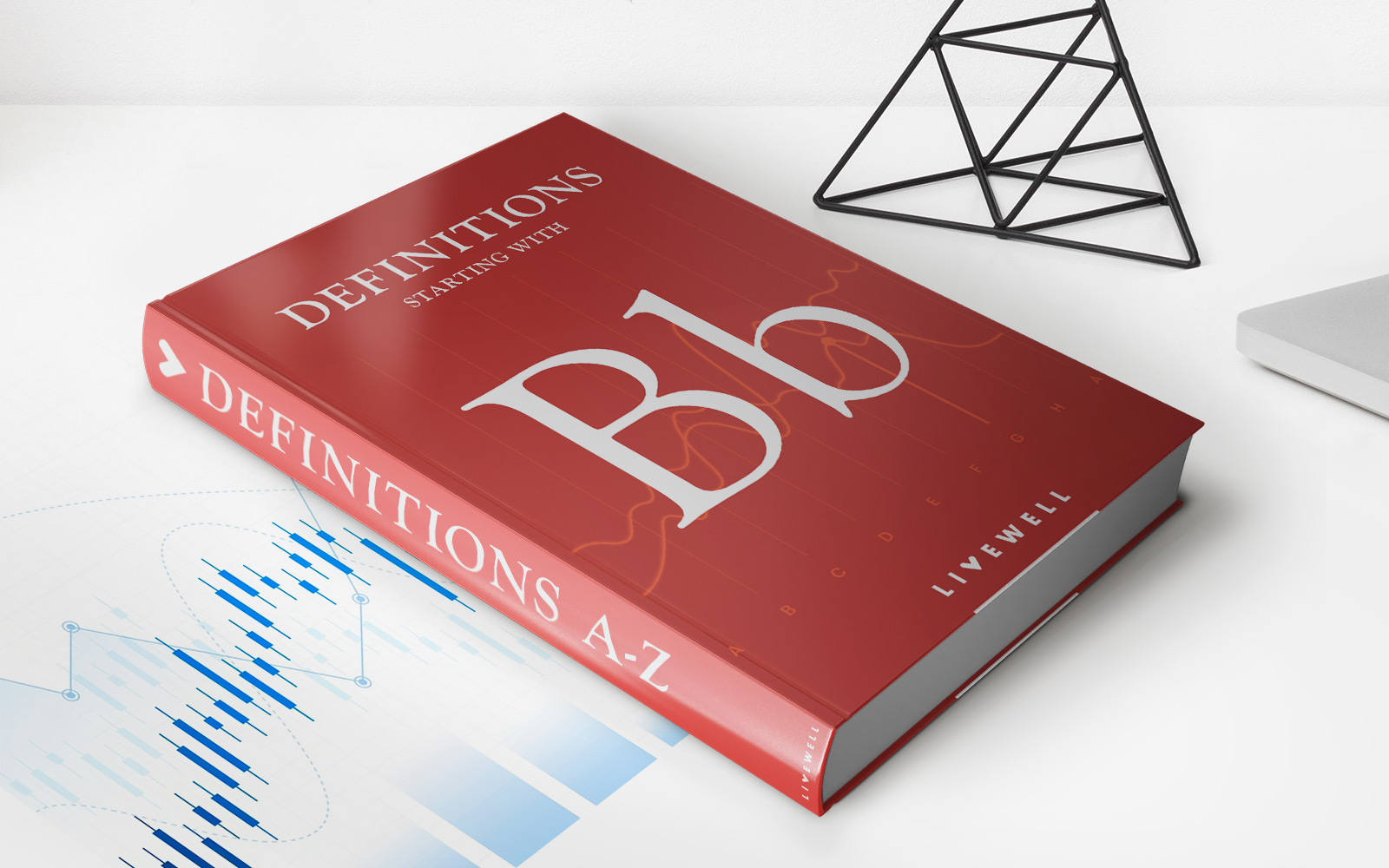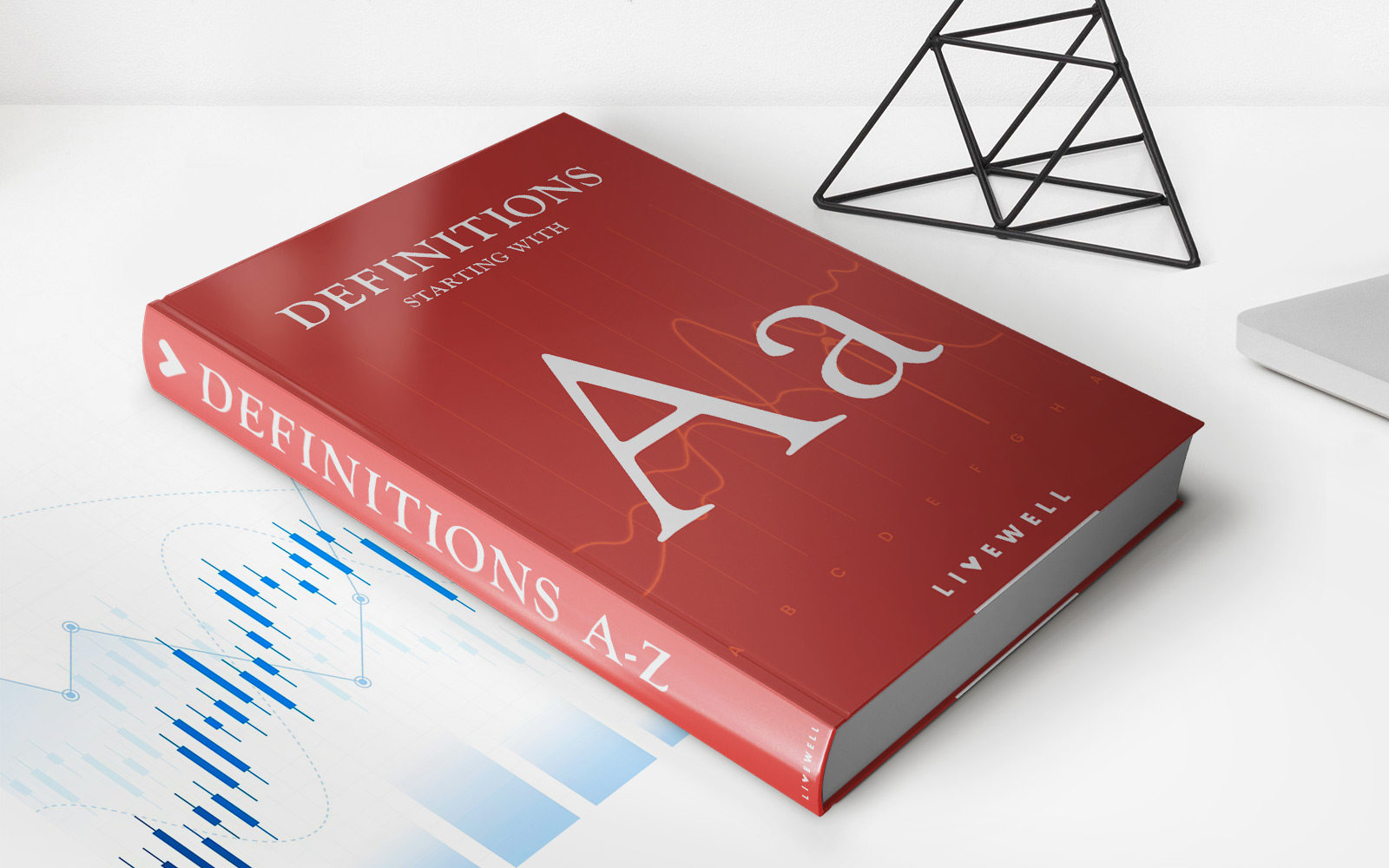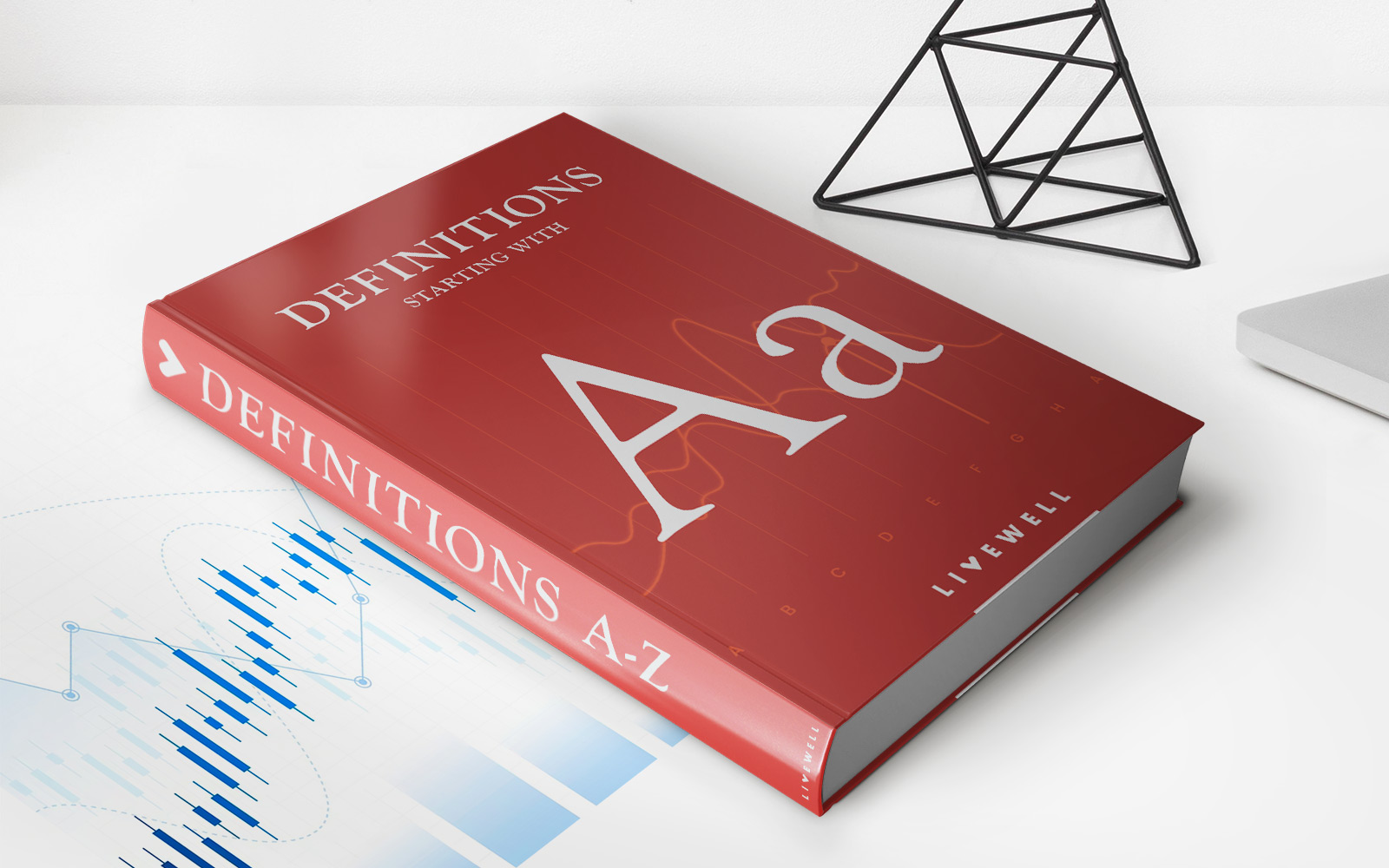Home>Finance>Goodwill Impairment: Definition, Examples, Standards, And Tests


Finance
Goodwill Impairment: Definition, Examples, Standards, And Tests
Published: December 1, 2023
Learn about the definition, examples, standards, and tests of Goodwill Impairment in finance. Gain insights into this important financial concept and its impact.
(Many of the links in this article redirect to a specific reviewed product. Your purchase of these products through affiliate links helps to generate commission for LiveWell, at no extra cost. Learn more)
Unlocking the Mystery: Goodwill Impairment Explained
Welcome to our finance category where we dive into complex topics to help you navigate the intricate world of accounting. Today, we’re going to shed light on a crucial concept within the field: Goodwill Impairment. If you’ve ever wondered what Goodwill Impairment is, how it affects businesses, or the standards and tests related to it, you’re in the right place. By the end of this article, you’ll have a solid understanding of this topic and be equipped with the knowledge to tackle it head-on.
Key Takeaways:
- Goodwill Impairment refers to the decrease in the value of the goodwill recorded on a company’s balance sheet.
- Measuring goodwill impairment involves performing a two-step process: Step 1 – Identifying potential impairment, and Step 2 – Determining the impairment loss.
Let’s start by breaking down the definition of Goodwill Impairment. In simple terms, Goodwill refers to the intangible value of a business that arises from non-physical assets such as brand reputation, customer loyalty, and intellectual property. When a company acquires another business, any excess payment made above the fair value of its identifiable assets is recorded as Goodwill on the acquiring company’s balance sheet. However, over time, the value of this Goodwill may diminish due to various factors.
Now, you may be wondering why understanding Goodwill Impairment is important. Well, it directly impacts a company’s financial statements. When a company recognizes a decrease in the value of its Goodwill, it must adjust its balance sheet by reducing the Goodwill and recording an impairment loss. This loss affects the company’s net income and overall financial health.
So, how do companies determine if their Goodwill is impaired? To assess Goodwill Impairment, companies need to follow certain standards and tests. These standards are set by accounting governing bodies such as the Financial Accounting Standards Board (FASB) in the United States.
Standards and Tests:
The most commonly used standard for assessing Goodwill Impairment is the “two-step impairment test.” Let’s break it down:
- Step 1 – Identifying potential impairment: In this step, the company compares the fair value of its reporting unit (a component of the business for which financial information is available) to its carrying amount (the book value). If the carrying amount exceeds the fair value, there may be potential impairment, and the company proceeds to Step 2.
- Step 2 – Determining the impairment loss: In this step, the company calculates the impairment loss, which is the difference between the carrying amount and the implied fair value of the Goodwill. The implied fair value is the fair value of the reporting unit minus the fair value of its identifiable assets and liabilities. The impairment loss is recorded on the income statement and reduces the company’s net income.
It’s important to note that these tests are not a one-time event. Companies are required to perform this assessment at least annually or whenever there are triggering events that may indicate potential impairment.
Conclusion:
Goodwill Impairment is an essential concept in the world of accounting and finance. Understanding its definition, examples, standards, and tests are crucial for businesses to accurately reflect the value of their assets on their financial statements. By following the two-step impairment test and adhering to accounting standards, companies can ensure transparency and integrity in their financial reporting.
We hope this article has provided you with the knowledge you were seeking on Goodwill Impairment. Remember, staying informed and knowledgeable about accounting practices is key to successfully managing your finances. Stay tuned for more informative articles in our finance category!














